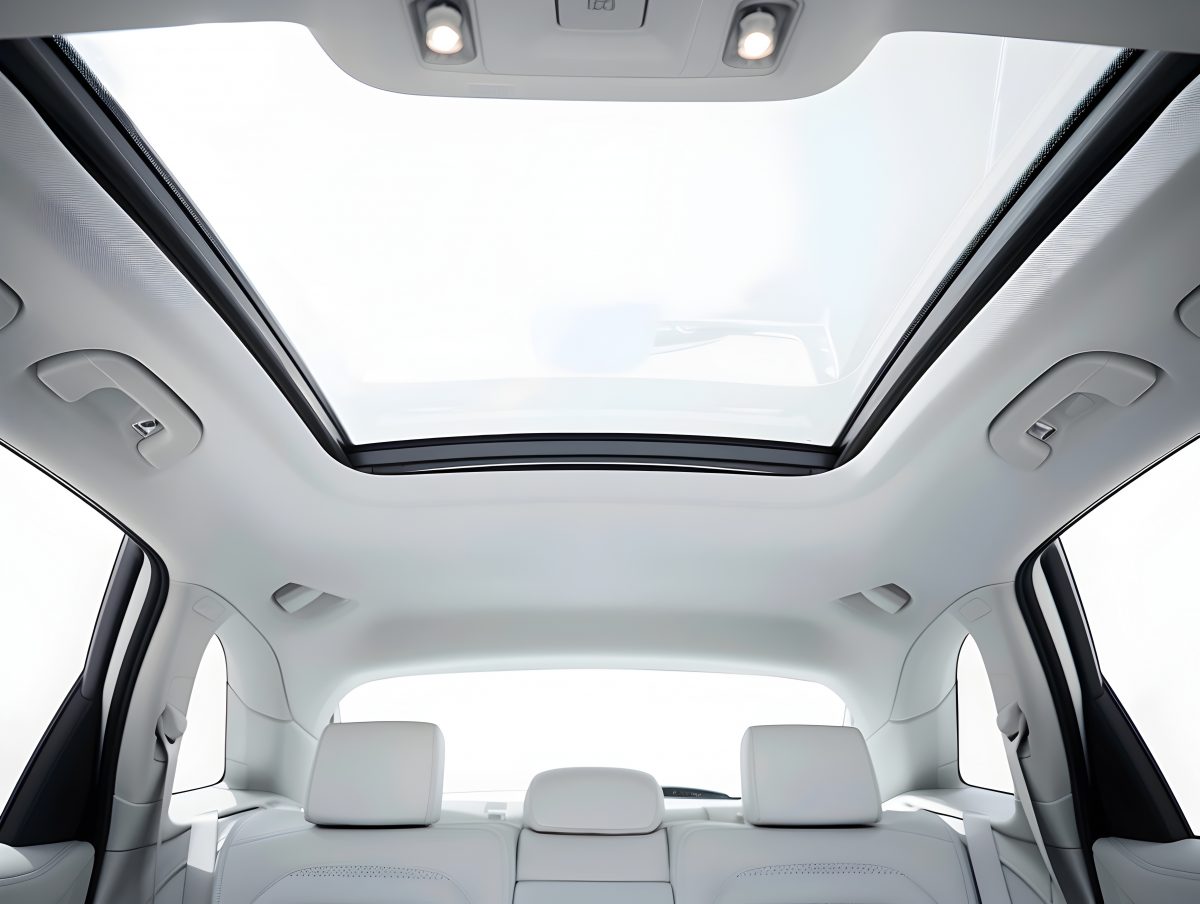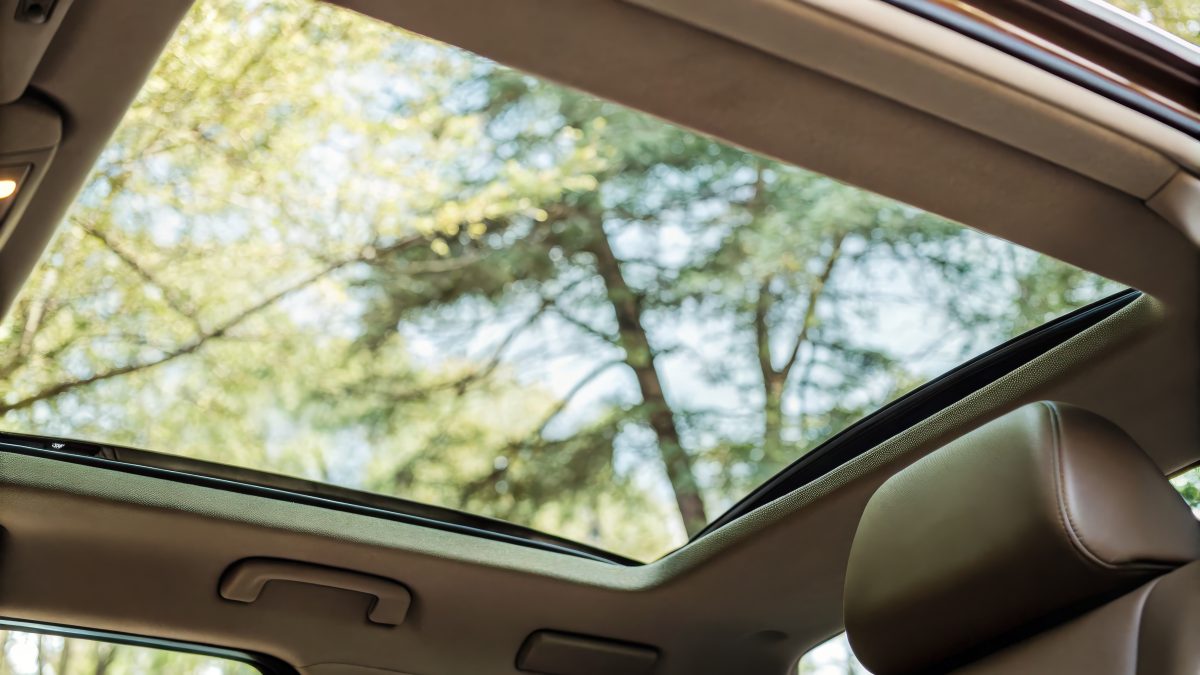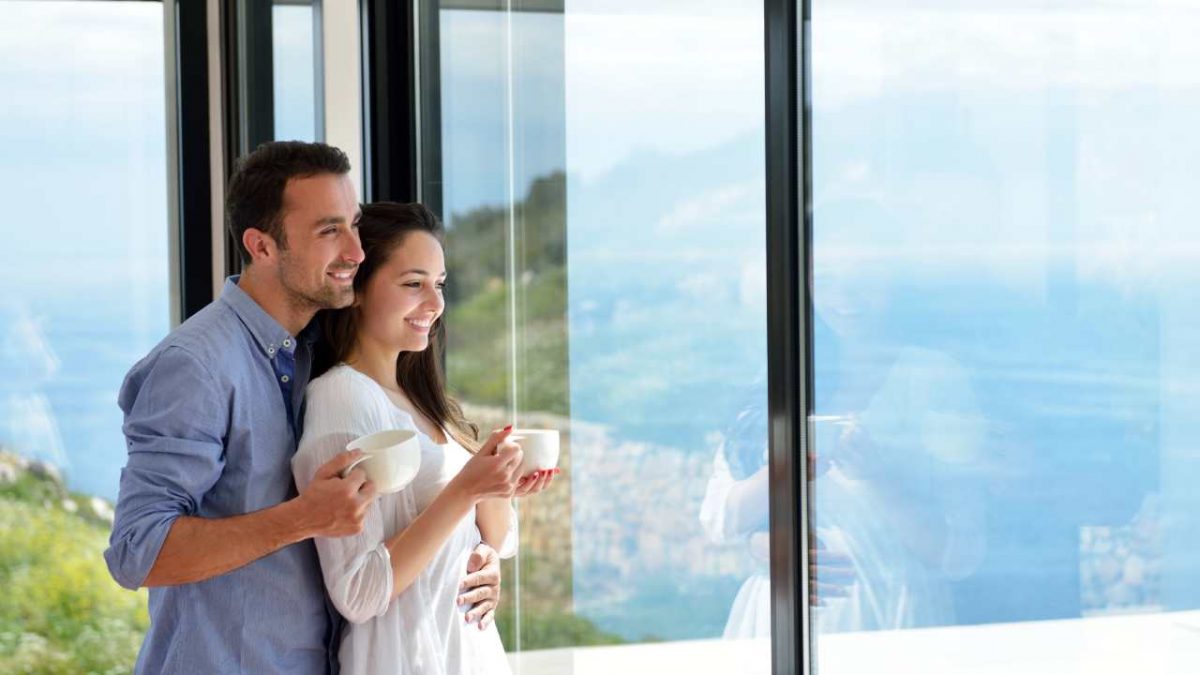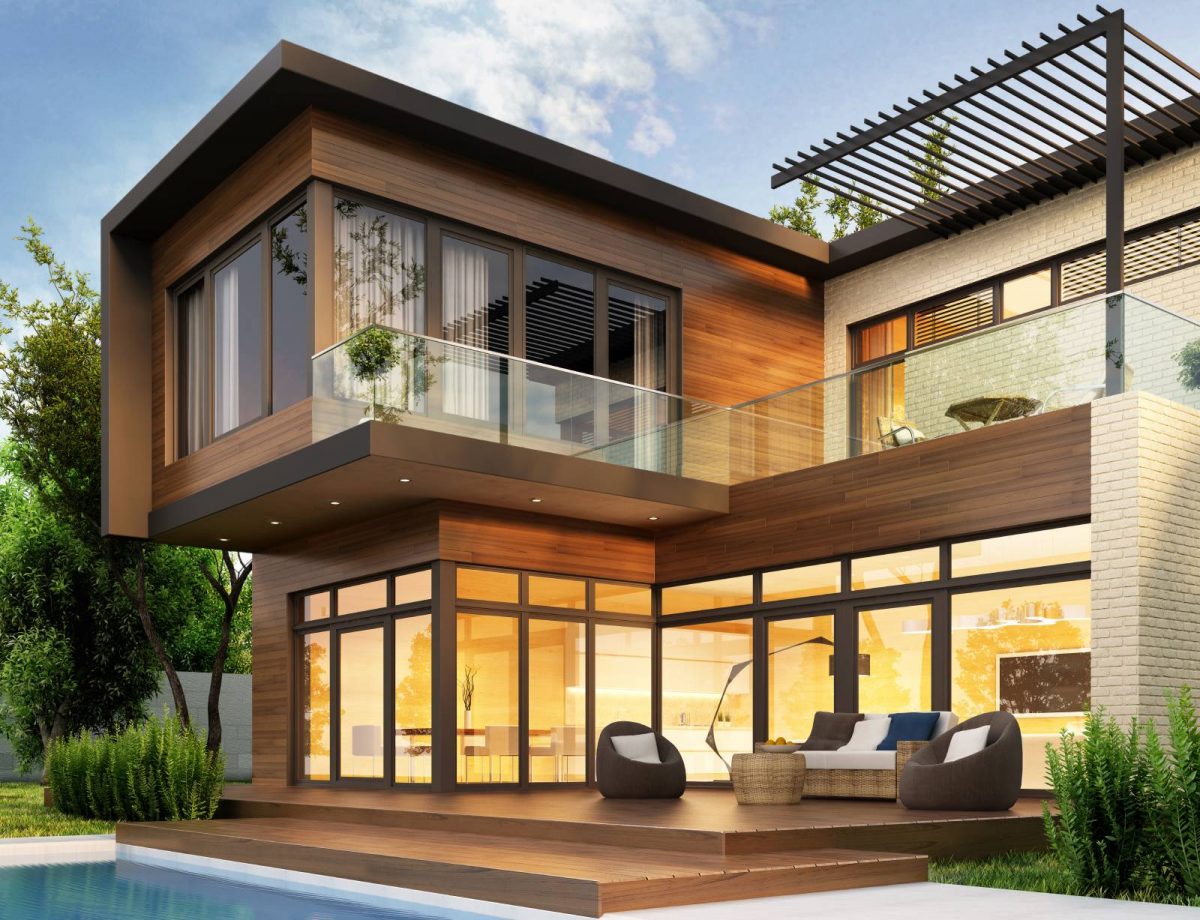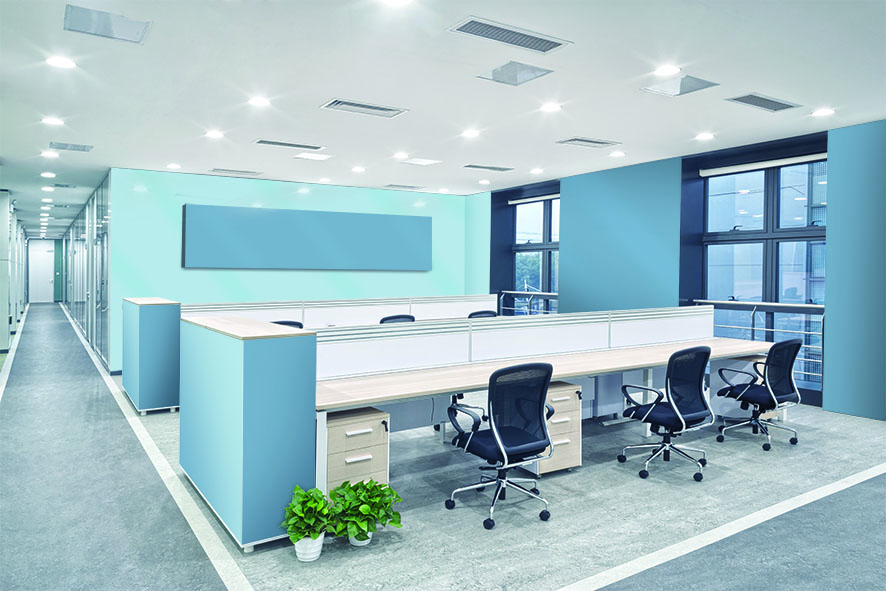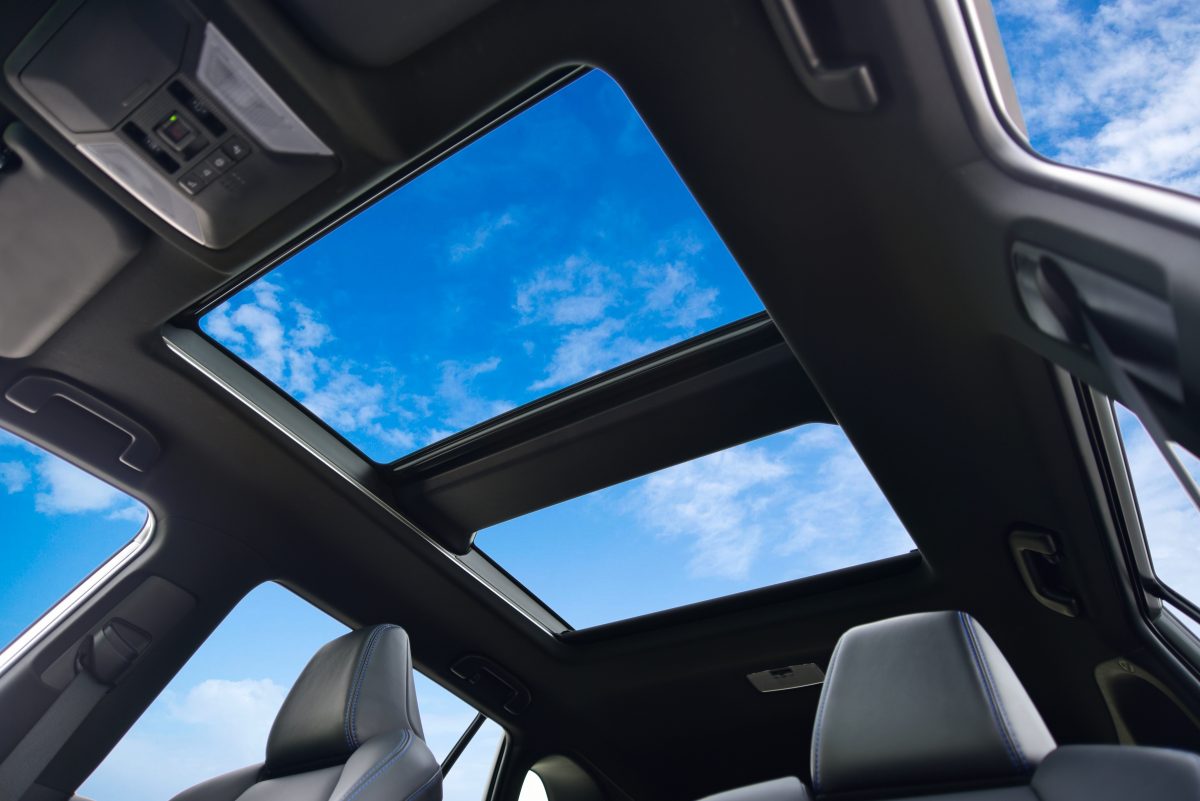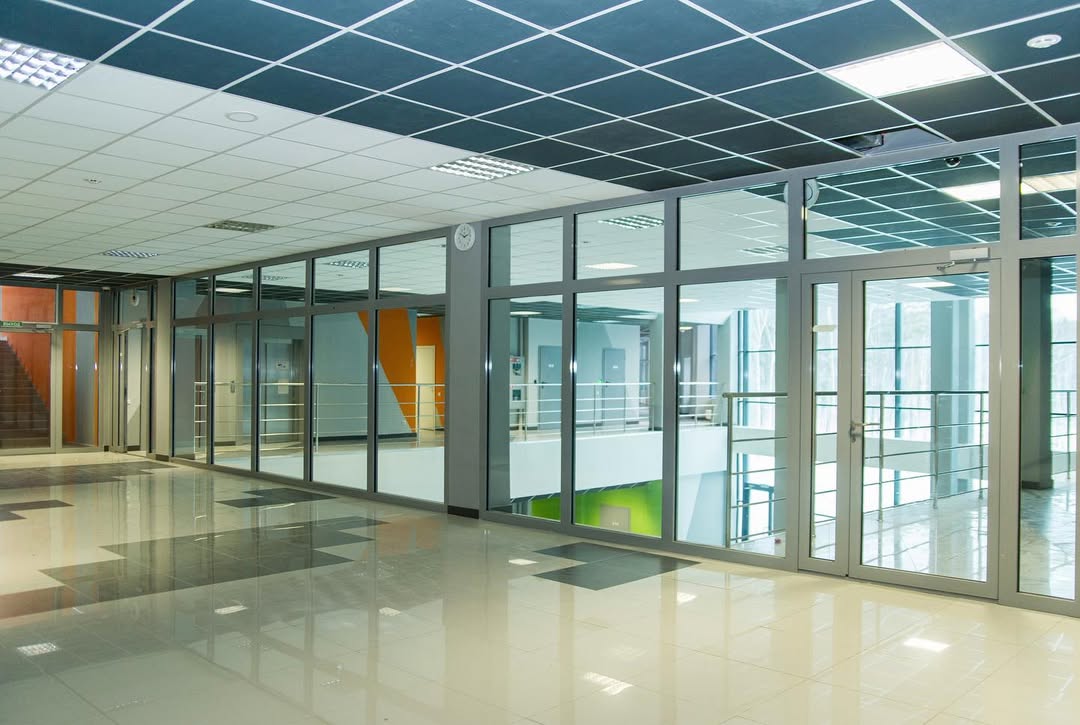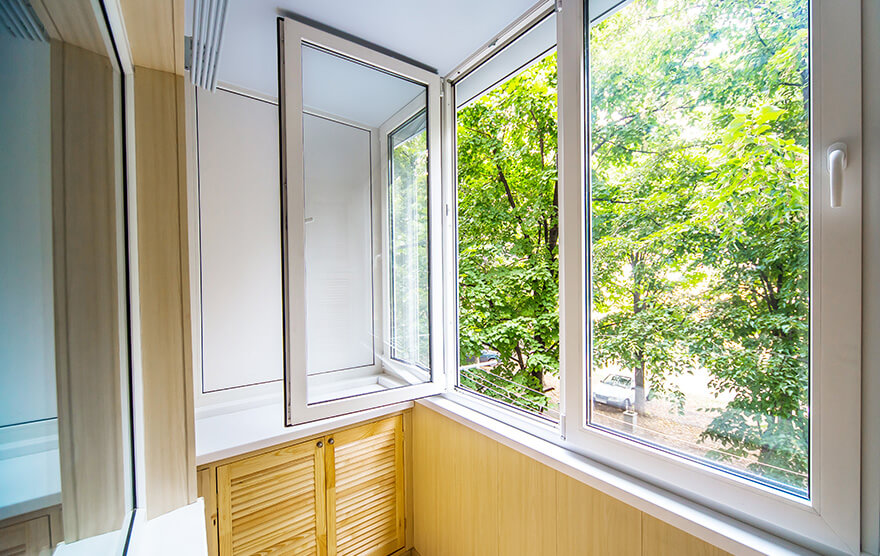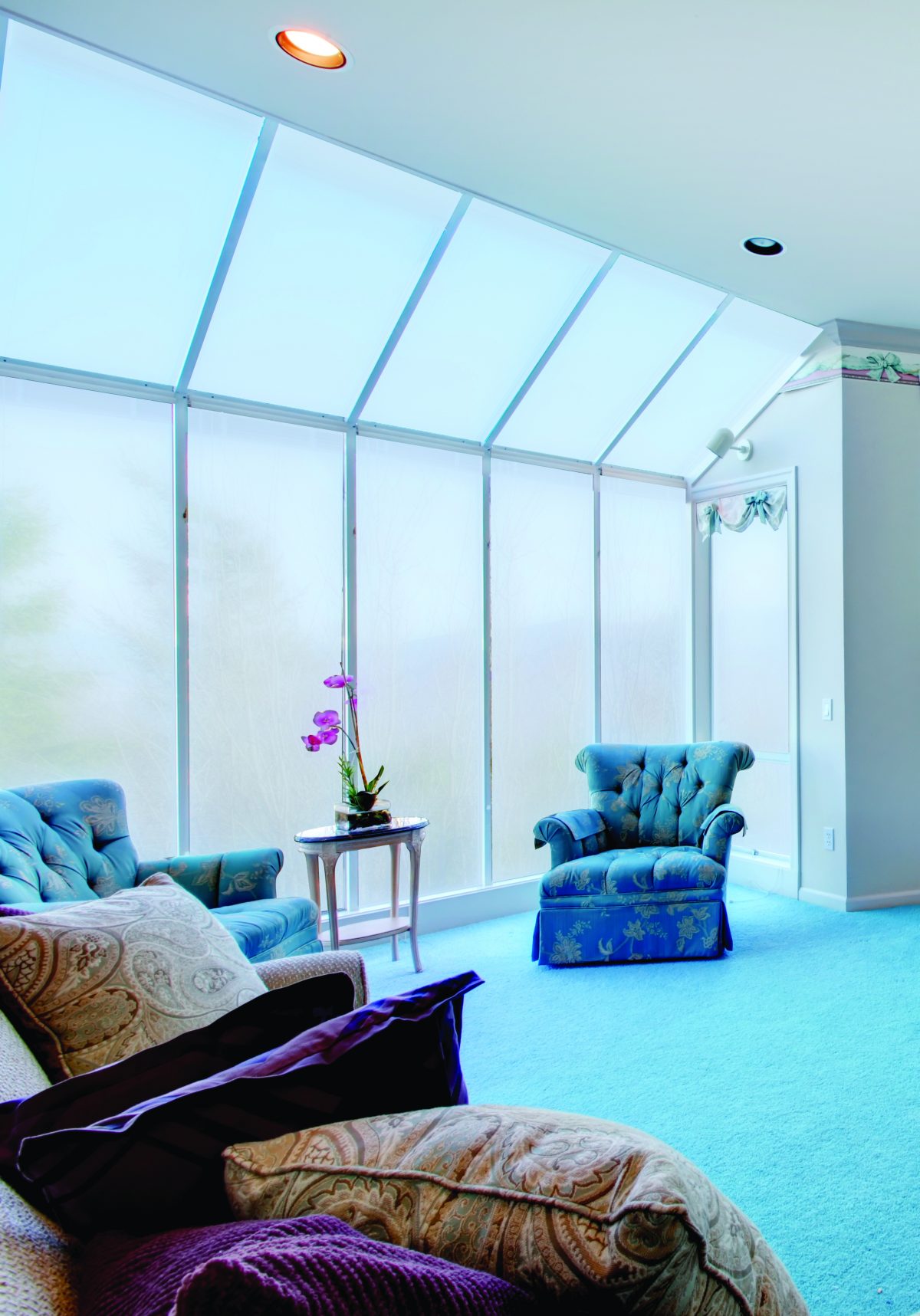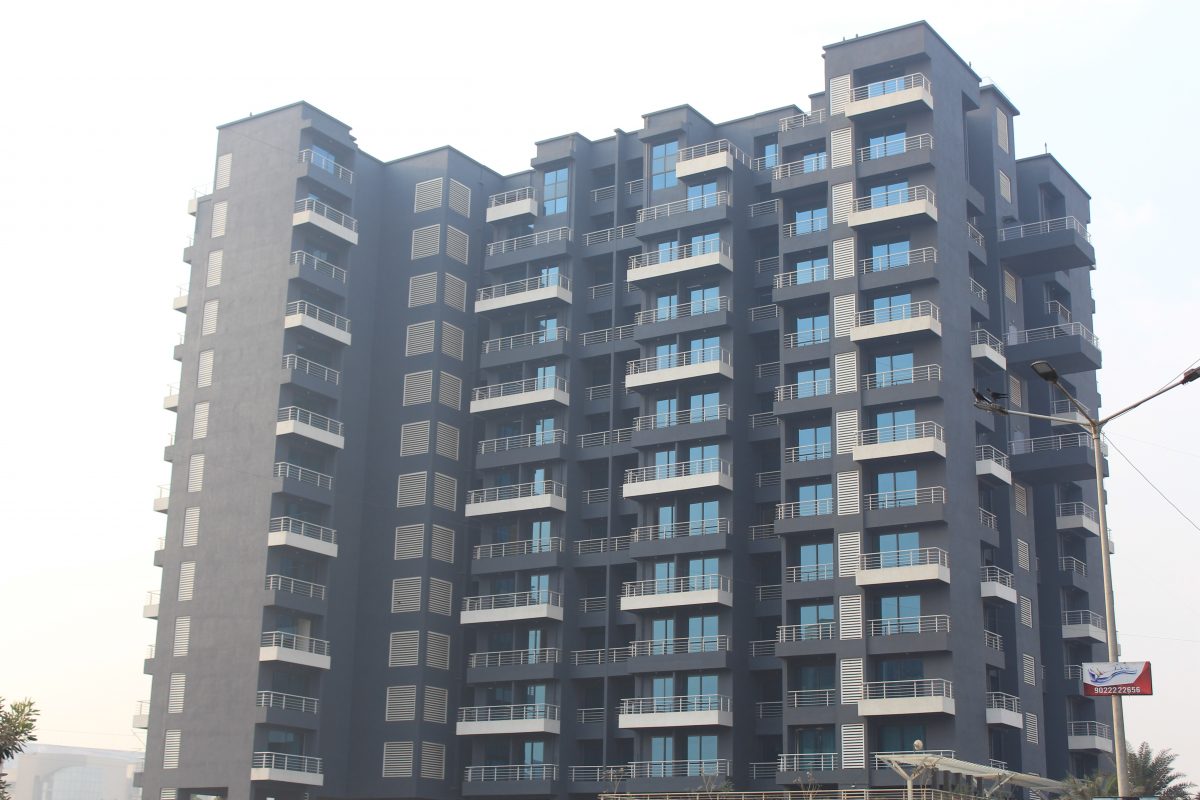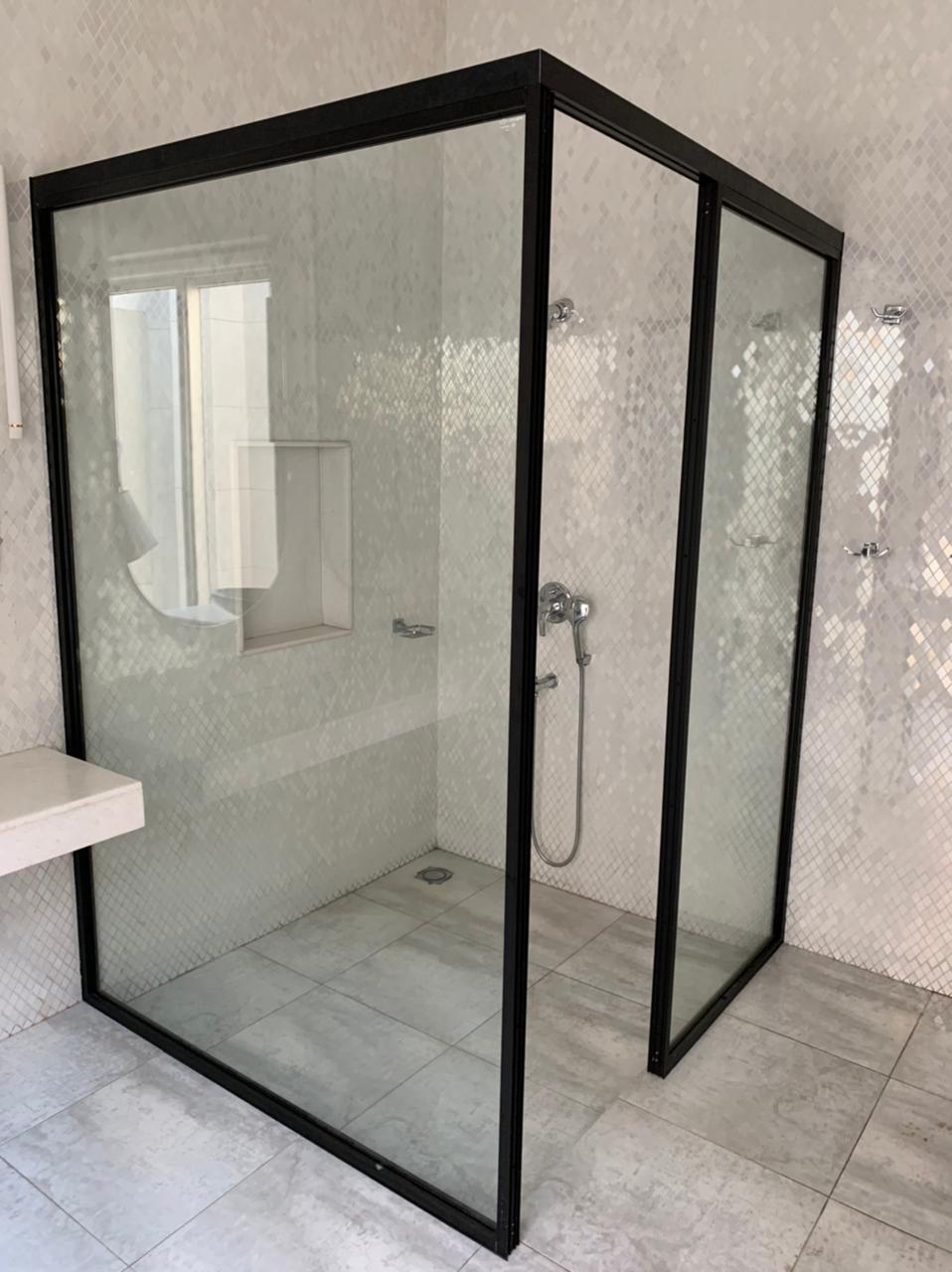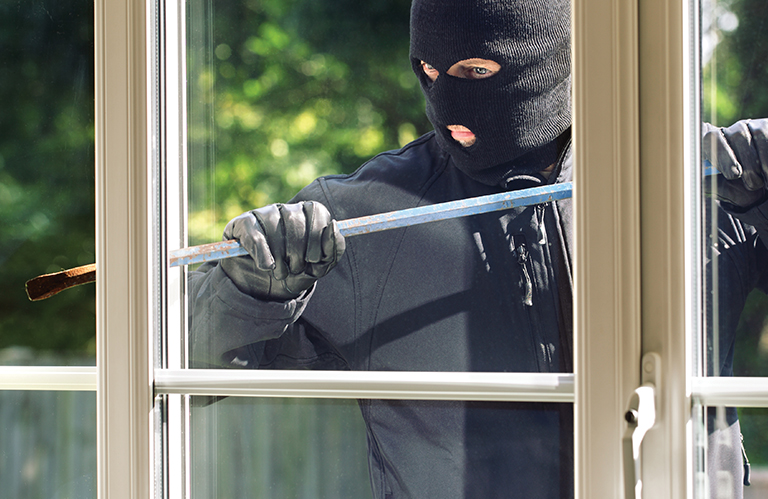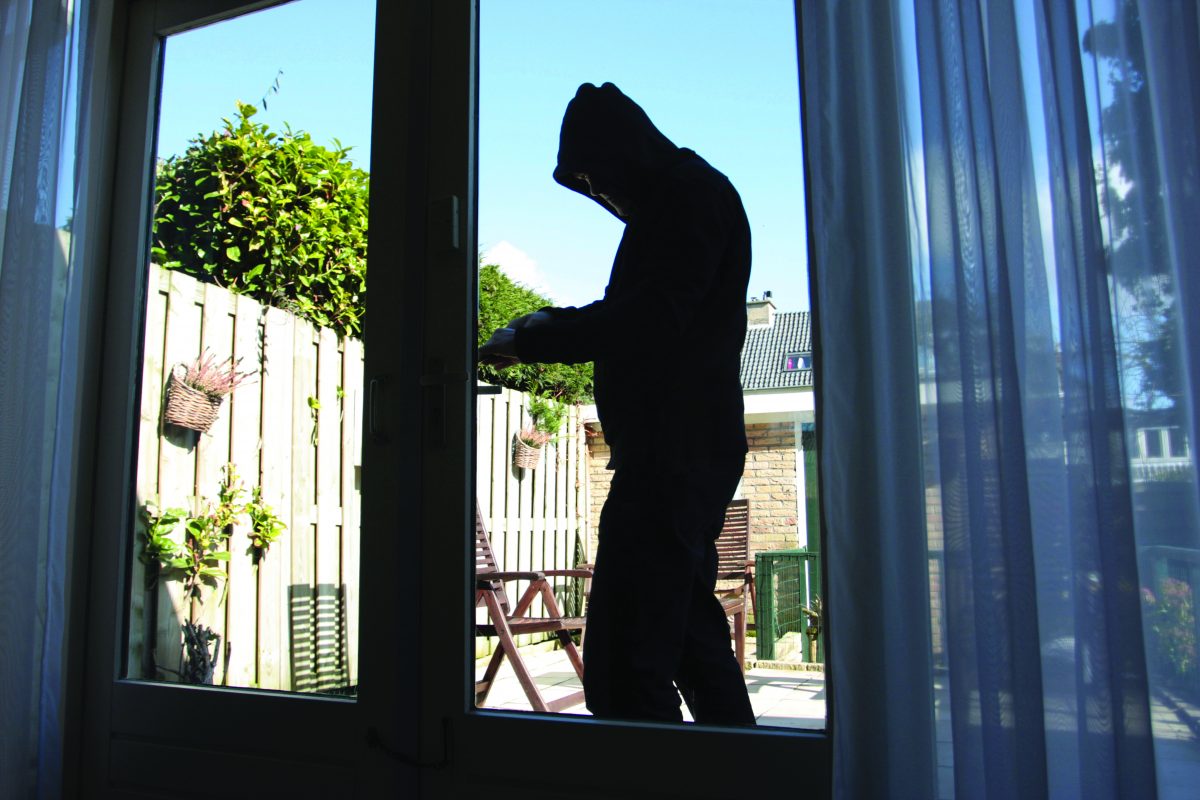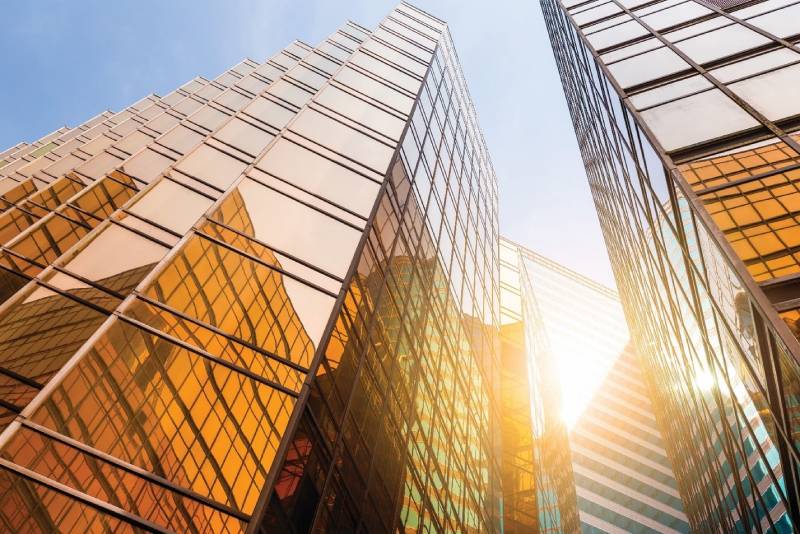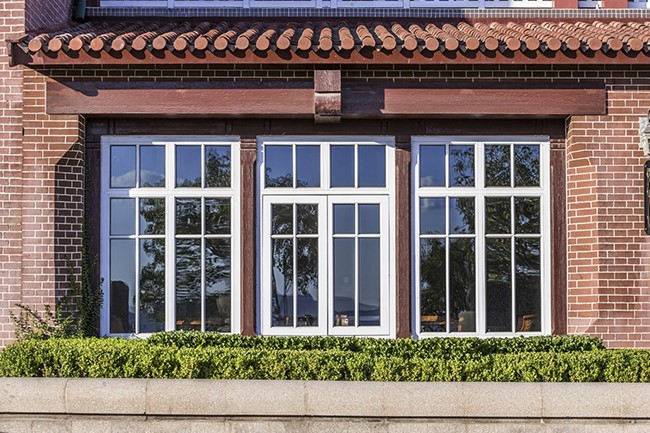Ever dreamed of driving under an open sky? A sunroof can turn that dream into your daily reality. However, with several types available, such as panoramic, pop-up, inbuilt, and more, choosing the right one can get confusing.
Each style offers a distinct experience, from a gentle breeze to breathtaking sky views. Here are some popular types of sunroofs to help you decide which one suits your car and lifestyle.
Top 5 Types of Sunroofs for Your Car
A sunroof is not just a feature—it is a feeling. But not all sunroofs are created equal. Here is a breakdown of the top five types to help you find the one that best fits your style and budget.
- Panoramic Sunroof: A panoramic sunroof offers a feel-good, open atmosphere that everyone in the car can enjoy. It is ideal for those who appreciate a spacious, airy cabin. It stretches across most of the roof, often covering both front and rear seats. It is perfect for a road trip or if you just want more natural light during your daily commute.
- Built-in Sunroof: A built-in sunroof is a timeless classic. It slides open into a compartment between the roof layers, offering a sleek look and smooth functionality. It is ideal if you want a sunroof that blends in well with your car’s design and doesn’t draw too much attention to itself.
- Pop-Up Sunroof: If you are new to the sunroof world or working with a tighter budget, the pop-up sunroof is your go-to. It is simple, tilts upward, and lets in just enough fresh air and sunshine. While it does not open fully like others, it still provides a breezy driving experience without requiring a splurge.
- Spoiler Sunroof: If you are looking for something a little more versatile, a spoiler sunroof is your best bet. It combines tilt and slide features, giving you the best of both worlds. It tilts open like a pop-up for quick ventilation or slides back over the roof for more airflow. It’s great if you want control over how much sun or air you let in without having to step out of the car.
- Removable Sunroof: Want the convertible experience without actually buying a convertible? A removable sunroof allows you to remove the panel completely (or partially), providing the wind-in-your-hair feeling. It is perfect for those sunny days when you want to go all out on open-air driving.
Different Glass Types Used for Sunroofs
When it comes to sunroofs, the type of glass used is just as important as the style. Here are the most common glass types used in sunroofs:
- Tempered Glass: Tempered glass is one of the most widely used materials for sunroofs because of its strength and durability. It is heat-treated to withstand pressure and break safely into small, blunt pieces in the event of damage.
Tempered glass is also up to four times stronger than regular annealed glass, making it ideal for automotive use. It can tolerate high temperature fluctuations (200°F–300°F) that would typically crack standard glass, ensuring both performance and passenger safety.
- Laminated Glass: If you are looking for sunroof glass that combines strength with style, laminated glass is a fantastic choice. It is made by sandwiching a polyvinyl butyral (PVB) interlayer between two glass layers.
This interlayer prevents the glass from shattering on impact, offering added safety for passengers. Laminated glass also significantly reduces outside noise, making your ride quieter and more comfortable. Additionally, it helps block harmful UV rays, protecting both the car’s interiors and its occupants.
- UV Protection Glass: Want to keep your cabin cooler and protect against harsh sun rays? Opt for a car with a sunroof made of UV-protected glass
Glass with UV + IR protection helps maintain a comfortable cabin temperature, often up to ten degrees cooler than standard windshields. It also shields the steering wheel and interior surfaces from infrared rays, preventing cracks and fading. This added protection ensures a longer life for your car’s upholstery and a more pleasant driving experience overall..
Conclusion
Choosing the right types of sunroofs can truly elevate your driving experience, whether you are chasing the breeze, soaking in the sunlight, or just enjoying the open feel. From panoramic views to practical pop-ups, there is a sunroof for every kind of driver.
We at AIS Glass offer high-quality glass options that support better performance and protection across various applications. We are a trusted name for custom glass solutions that blend strength and innovation. Contact us today to customise your car or living space with the right kind of glass solutions.

